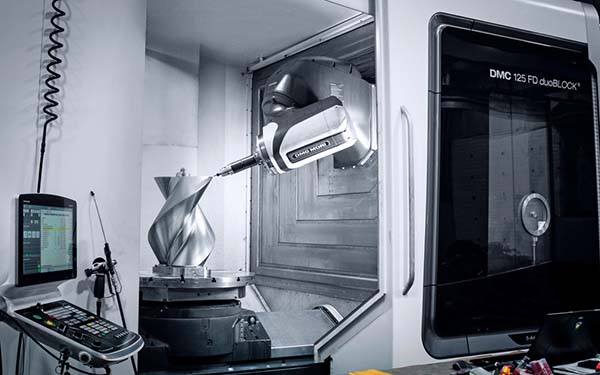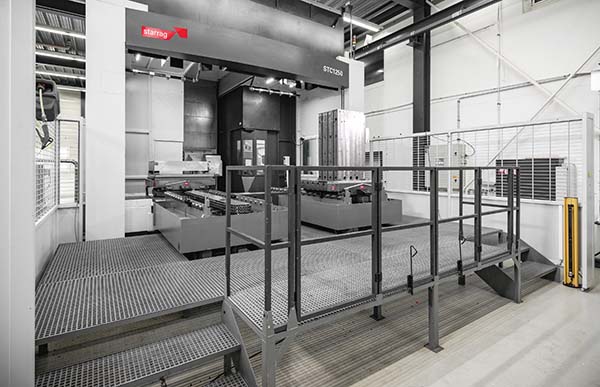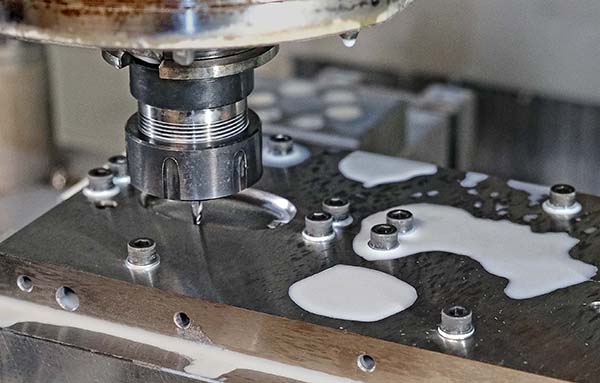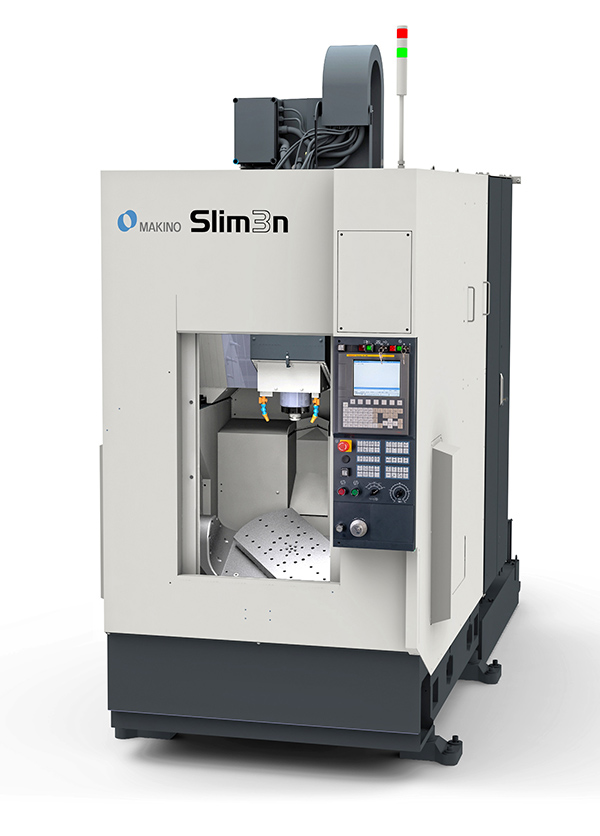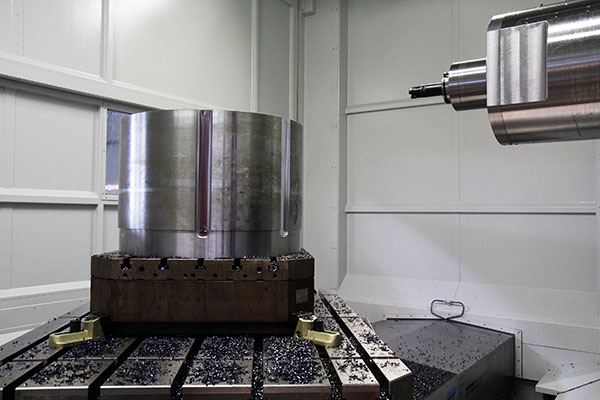
NAMCO was founded in 1976 to serve the growing demand for precision machine components, custom gears and transmission parts. With locations in Edmonton, Canada, and Chardon, Ohio, the company employs more than 75 skilled workers who manufacture products for customers in the paper, oil and gas, mining, and other industries. Since 2019, NAMCO has invested in 15 CNC machines from DMG Mori, including a DMC 125 FD duoBLOCK for gear milling with gearMILL software and two Taiyo Koki machines for grinding.
“Thanks to gearMILL gear-cutting software, we can now manufacture our special solutions quickly and, above all, easily,” states Bernard Vukovic, managing director NAMCO Machine & Gear Works. “Furthermore, thanks to the mill-turn technology on the DMC 125 FD duoBLOCK, we achieve high precision in one clamping.”
To be competitive on the production side, NAMCO relies on CNC machine tool technology from DMG Mori. Vukovic explains the high investment volume in the past three years with the need to expand production capability: “On one hand, we need innovative machining technologies to manufacture efficiently and in the required quality, and on the other hand, it was a matter of increasing capacity.”
The versatility of DMG Mori machines is reflected in one of NAMCO’s core areas, gear cutting. Here, the team relies on a DMC 125 FD duoBLOCK with the exclusive DMG Mori gearMILL gear-cutting software. The mill-turn centre with pallet changer allows set-up to take place during machining and is designed for high-precision complete machining of rotationally symmetrical components up to 1250 mm in diameter – including five-axis milling and turning. Since everything is done in one set-up, errors due to manual re-clamping operations are eliminated.
For further information
www.dmgmori.com






